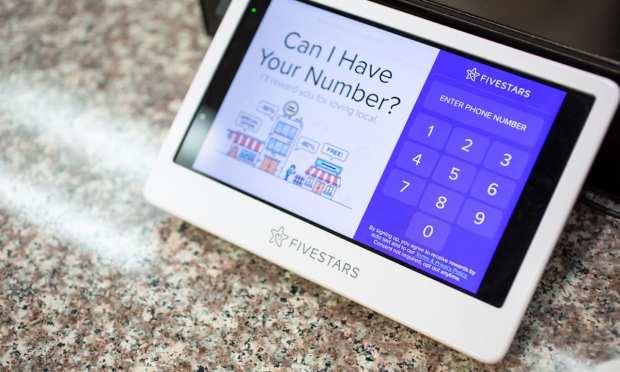New Study: 67 Percent With Less Stable Incomes Use Restaurant Rewards To Make Ends Meet

We don’t typically gauge restaurant loyalty programs by their ability to stretch budgets or “put food on the table” in a traditional sense, but Americans struggling in the pandemic’s aftermath are grasping the capacity of restaurant loyalty rewards to help make ends meet.
PYMNTS’ July 2021 edition of Delivering on Restaurant Rewards, a Paytronix collaboration, surveyed a census-balanced panel of nearly 2,470 U.S. consumers to explore their financial stability and how firm financial footing — or the lack of it — is impacting loyalty usage.
While researchers found that 62 percent of consumers’ personal finances have stabilized to pre-COVID levels, with another 22 percent expressing confidence that finances will improve, the report cautions that 67 percent of consumers “whose finances are less stable than they were before March 2020 but who feel confident that they will improve still feel ‘very’ or ‘extremely’ concerned about COVID-19,” as does 66 percent of consumers who fear their finances sustained more lasting damage as a result of the pandemic recession.
Restaurant Loyalty Use Ties Back To Personal Finances
Digging into the latest findings, we see that “consumers of all financial dispositions” have taken to online ordering since March 2020, “but there is one group for which this ‘digital shift’ is particularly strong: the recovering,” with 33 percent of all recovering consumers having moved from ordering in-person to online 14 months into the crisis.
“Well-off consumers and slipping consumers are about half as likely to have made this transition, with 17 percent and 15 percent having done so, respectively,” the new study states.
The July edition of Delivering on Restaurant Rewards adds that “downtrodden consumers are by far the least likely to have made this shift,” with 11 percent of those who were financially strapped entering the pandemic and feeling likely to stay that way having “shifted to ordering online from at least one restaurant during the 14 months after the pandemic’s onset.”
It’s important to remember, as the report points out, that “downtrodden consumers represent a small minority of all restaurant customers. The clear majority not only have switched to ordering more of their food online, but also plan to keep doing so long into the future.”
Restaurant Rewards Satisfying Serious Needs
The latest findings leave no doubt that although they are a statistically small portion of the entire sample, those struggling absolutely see restaurant loyalty rewards as one way to stock their larder.
Per Delivering on Restaurant Rewards, “many restaurant customers see loyalty programs as a useful tool that can help them stay within their personal budgets. It follows that such programs would be the most popular among consumers who feel that their finances are in peril.” The report also noted that 49 percent of “slipping customers use at least one restaurant’s loyalty and rewards program … more than any other persona type,” while 46 percent of recovering customers and 44 percent of downtrodden consumers “use at least one restaurant’s program.”
As the study concludes, “Loyalty and rewards programs can be an invaluable feature for the 78 million consumers across the U.S. whose finances are slowly recovering from pandemic-induced turmoil. Providing them is therefore critical for restaurants looking to boost food order spend and build long-lasting, stronger relationships with their customers.”
